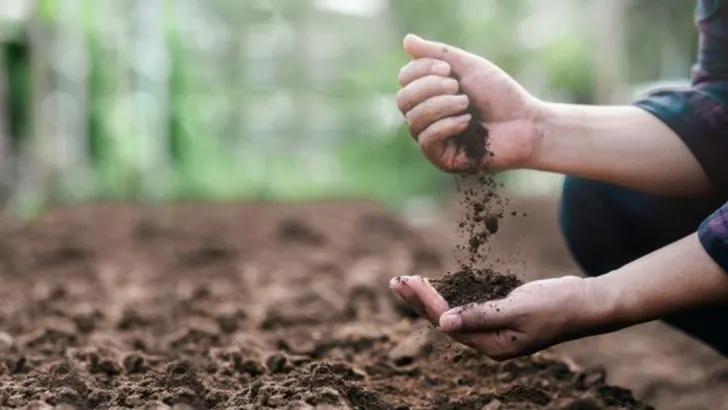Your soil has secrets—and some of them are sabotaging your garden. That yellowing tomato? It’s not sunburn, it’s a pH problem. Those droopy daisies? They’re begging for potassium. You can guess all you want… or you can let your soil tell the truth. Because once you see those test results—nitrogen lows, acidic tantrums, phosphorus spikes—everything changes. Suddenly, that “full sun” failure makes sense. That stubborn patch of nothing? It’s screaming for magnesium. These 12 red flags are the gardening equivalent of plot twists. They demand new fertilizers, fresh compost, or a total crop rethink. Ignore them, and you’ll be planting hope into the wrong dirt. But read them right? You’ll be planting strategy. So grab your shovel, grab your results—and let’s dig into what your soil’s been trying to say all along.
Low Nitrogen Levels
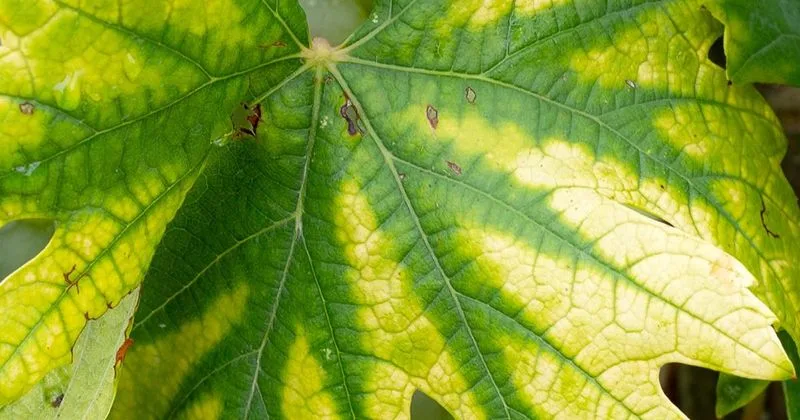
Discovering low nitrogen levels in your soil can be a wake-up call for gardeners. Nitrogen is a vital nutrient that supports leafy growth and overall plant vigor. Without sufficient nitrogen, plants may display yellowing leaves and stunted growth.
Incorporating nitrogen-rich fertilizers or organic matter like compost can rejuvenate your soil. This adjustment ensures that plants receive the necessary nutrients to thrive and flourish.
Consider planting nitrogen-fixing plants such as legumes. These plants naturally replenish nitrogen in the soil, providing a sustainable solution for long-term garden health.
High Soil pH

When soil pH is too high, nutrient availability is affected. This situation can lead to poor plant growth and development. High pH often results from alkaline soil, which hinders nutrient absorption.
Adding organic matter like peat moss or sulfur can help lower the pH. This adjustment allows plants to access essential nutrients more efficiently.
Monitoring pH levels regularly is key. This practice helps maintain soil balance and supports healthy plant growth. Consider soil amendments that ensure long-term stability for your garden’s pH.
Low Phosphorus Levels
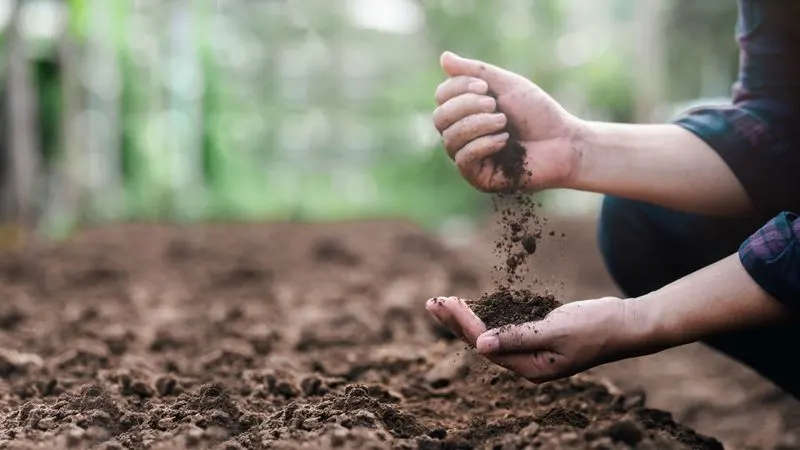
Phosphorus is critical for root development and flowering. Low phosphorus levels can prevent plants from reaching their full potential, affecting both growth and bloom.
To address this, consider using bone meal or rock phosphate as amendments. These provide a slow-release source of phosphorus, enhancing root strength and flower production.
Regular soil testing can help you keep track of phosphorus levels. Staying informed allows for timely interventions that promote vibrant blooms and healthy roots.
Compacted Soil
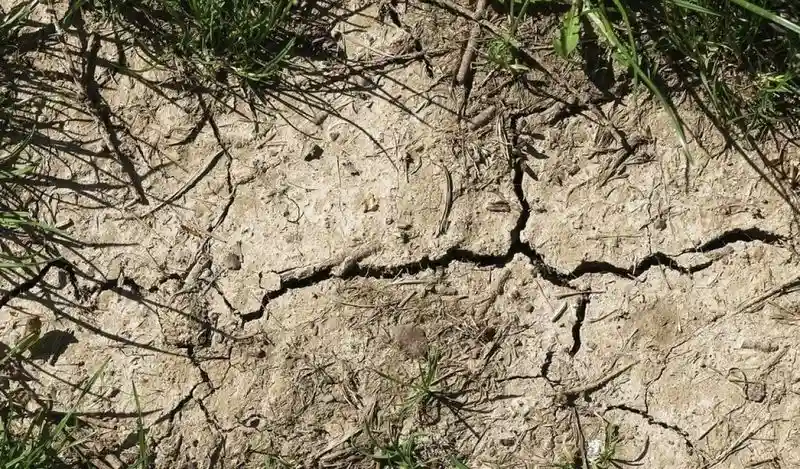
Compacted soil restricts root growth and water penetration. This condition can stifle plant development and reduce oxygen availability.
Regular aeration and the addition of organic matter can alleviate compaction. These practices improve soil structure, making it easier for roots to expand and for water to permeate.
Mulching and choosing plants that thrive in compacted conditions are also effective strategies. These methods support overall garden resilience and growth.
High Salinity Levels
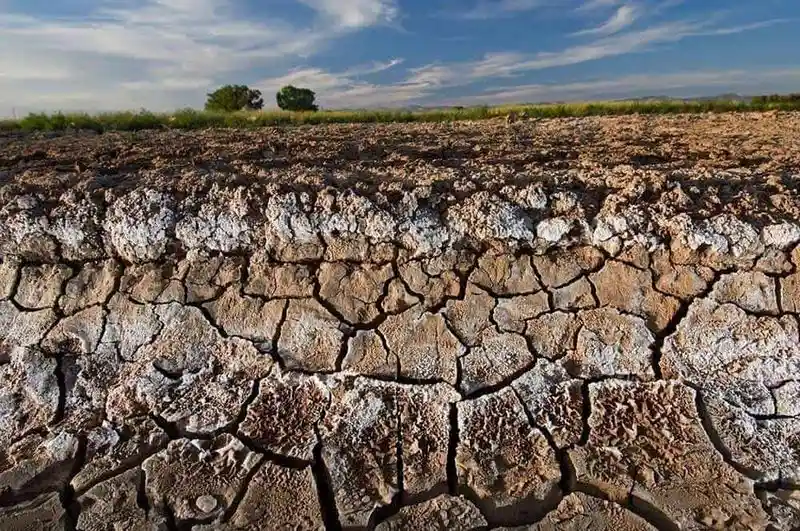
High salinity levels in soil can be detrimental to plant health. Salt buildup affects water uptake, leading to wilting and nutrient imbalances.
To mitigate salinity, consider leaching soil with ample water. This process helps wash away excess salts, improving plant access to nutrients.
Choosing salt-tolerant plant varieties can enhance garden resilience. These plants are better adapted to thrive in salty conditions, ensuring continued growth and vitality.
Low Potassium Levels
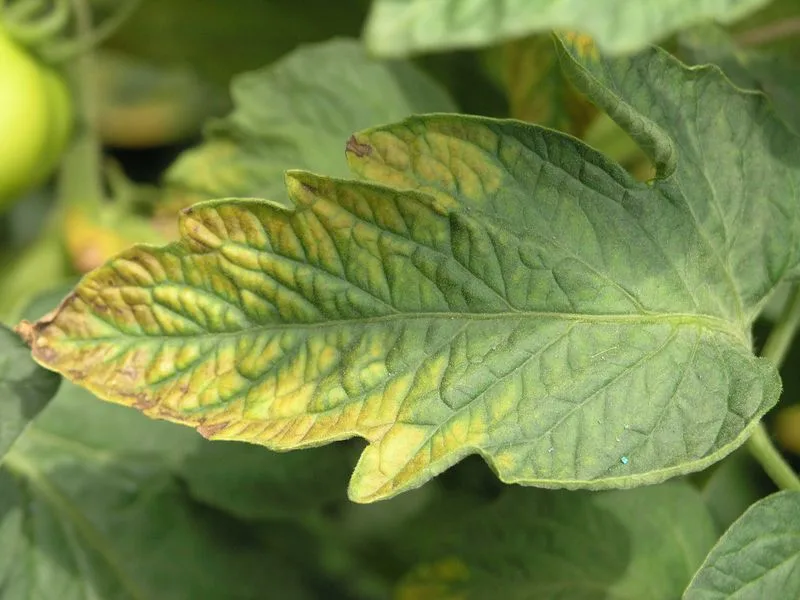
Potassium is essential for plant health, influencing disease resistance and water uptake. Low potassium levels can lead to wilting and poor resistance to pests and diseases.
Incorporating potassium-rich fertilizers or organic banana peels can boost potassium levels. These additions enhance plant health by improving water regulation and strengthening cellular functions.
Regular soil testing ensures you maintain optimal potassium levels for vibrant plant growth. Timely interventions can prevent nutrient deficiencies and promote robust garden health.
Soil Contamination with Heavy Metals
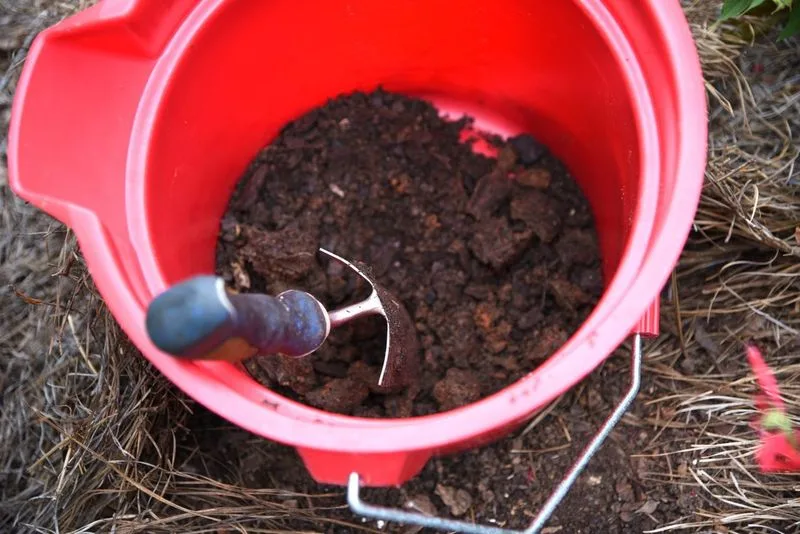
Heavy metal contamination poses serious risks to plant and human health. Contaminated soil can inhibit plant growth and lead to toxic buildup in edible plants.
Using phytoremediation plants, such as sunflowers, can extract metals from the soil. This method helps cleanse the soil, making it safer for future planting.
Identifying and addressing contamination early is crucial. Regular testing and appropriate interventions can safeguard your garden and ensure a healthy growing environment.
Excessive Soil Moisture

Excessive soil moisture can drown plant roots and promote fungal diseases. This condition often results from poor drainage or overwatering.
Improving drainage by adding compost or sand can help reduce moisture levels. These amendments enhance soil aeration and prevent root rot and disease.
Consider planting moisture-loving species in waterlogged areas. These plants thrive in damp conditions and can help absorb excess water, balancing soil moisture.
Low Organic Matter Content

Organic matter is vital for healthy soil structure and nutrient cycling. Low organic content can lead to poor soil fertility and decreased plant vigor.
Incorporating compost or well-rotted manure can enrich soil with organic matter. These additions improve soil texture and provide essential nutrients for plant growth.
Regularly adding organic amendments can maintain a healthy soil ecosystem. This practice supports a thriving garden environment, ensuring long-term productivity.
Soil Acidity
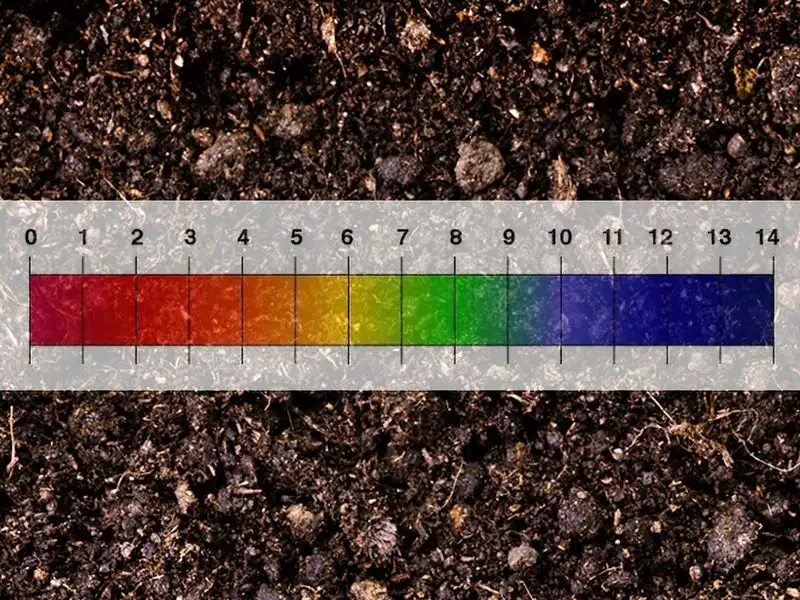
Soil acidity influences nutrient availability and microbial activity. Acidic soil can limit plant growth by restricting nutrient uptake.
Using lime or wood ash can help neutralize soil acidity. These amendments increase pH, improving nutrient accessibility for plants.
Choosing acid-tolerant plants, like blueberries, can enhance garden diversity. These plants thrive in acidic conditions and contribute to a balanced ecosystem.
Presence of Soil-borne Pathogens
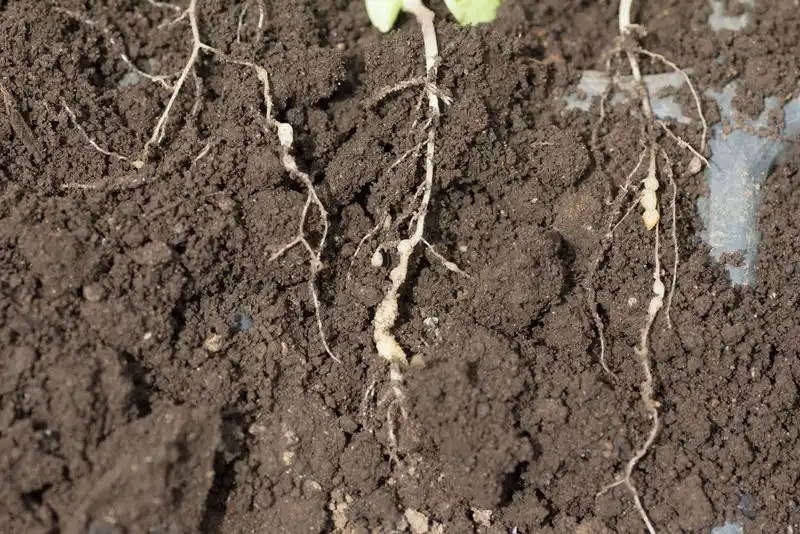
Soil-borne pathogens can devastate plant health, causing root rot and wilting. These pathogens persist in soil, affecting future plantings.
Implementing crop rotation and using resistant plant varieties can reduce pathogen impact. These strategies break disease cycles and promote garden resilience.
Regular monitoring and sanitation practices ensure a healthy growing environment. By managing soil-borne diseases, you can maintain plant vitality and productivity.
Nutrient Imbalance
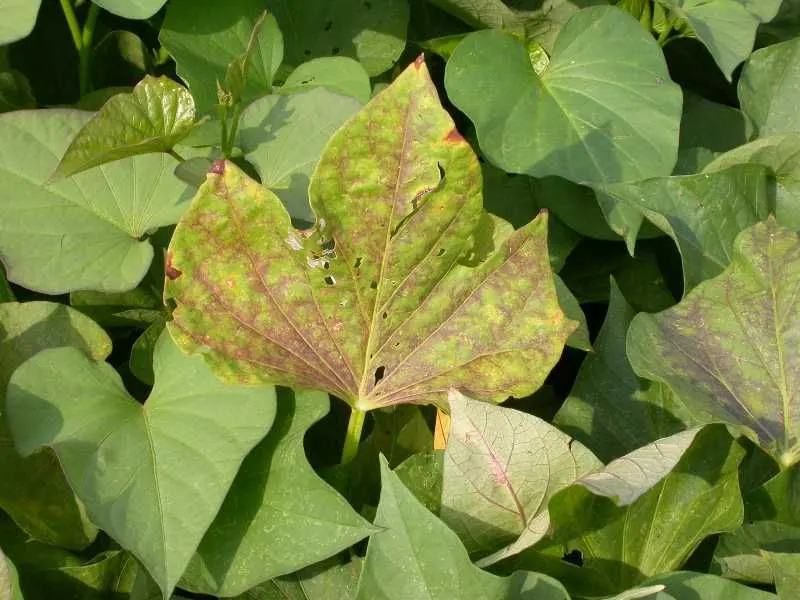
Nutrient imbalances can result in uneven plant growth and health issues. They often stem from improper fertilization or poor soil management practices.
Conducting comprehensive soil tests can identify specific nutrient needs. Tailoring fertilization based on these results ensures balanced nutrition for your garden.
Maintaining a diverse planting strategy can prevent nutrient depletion. This approach supports soil health and promotes harmonious plant growth throughout the garden.

